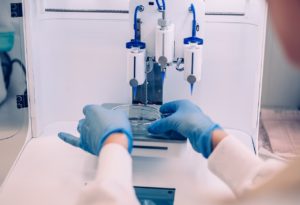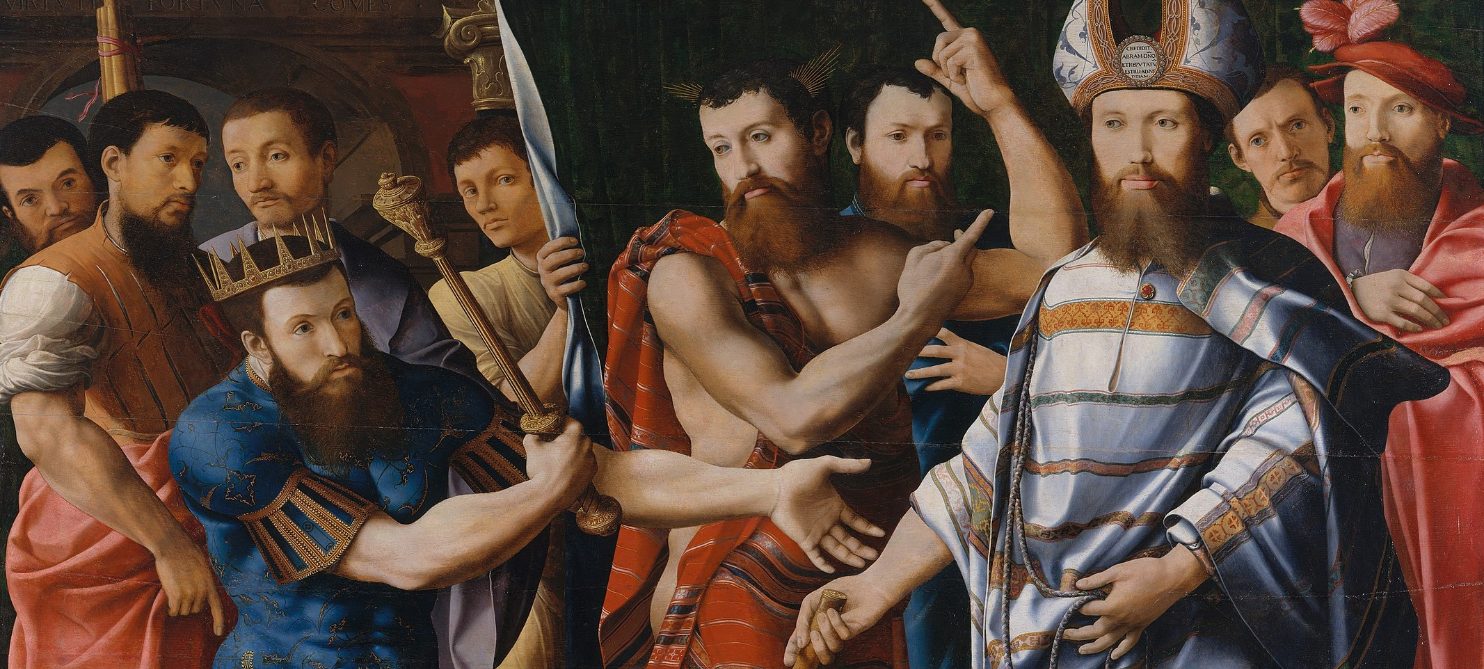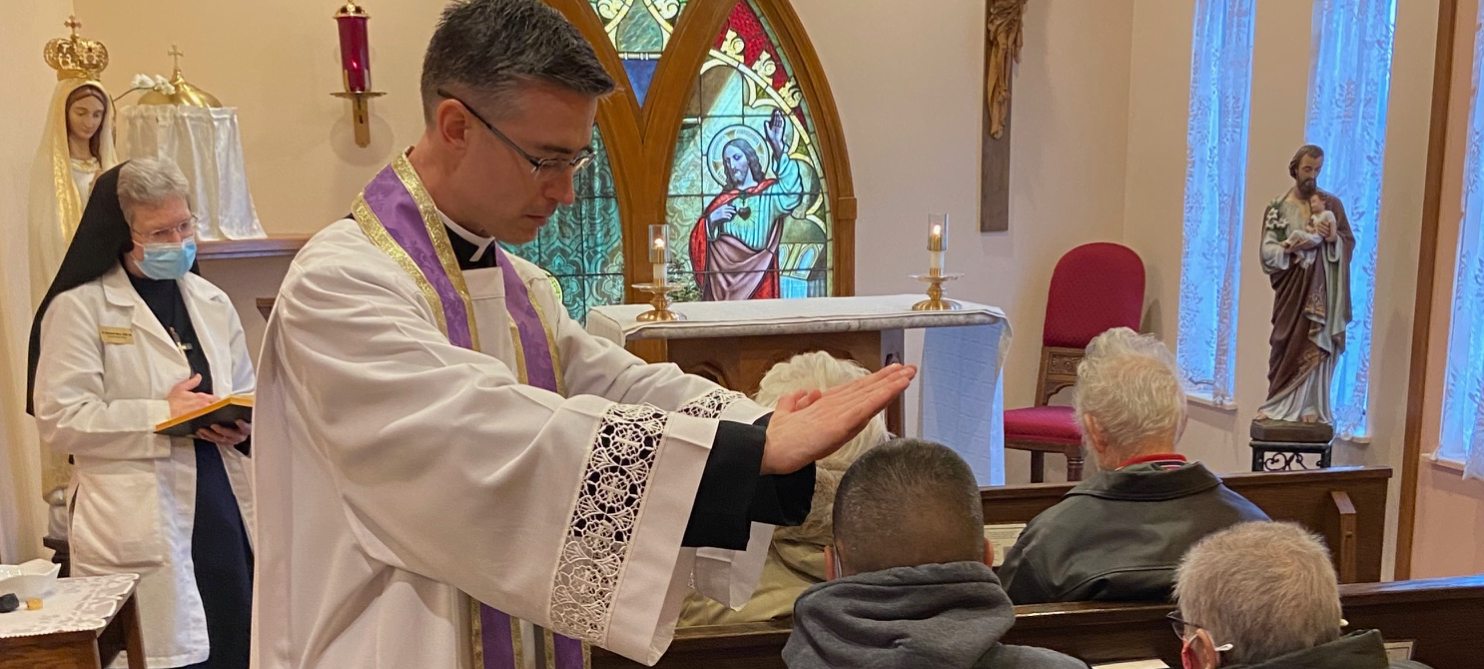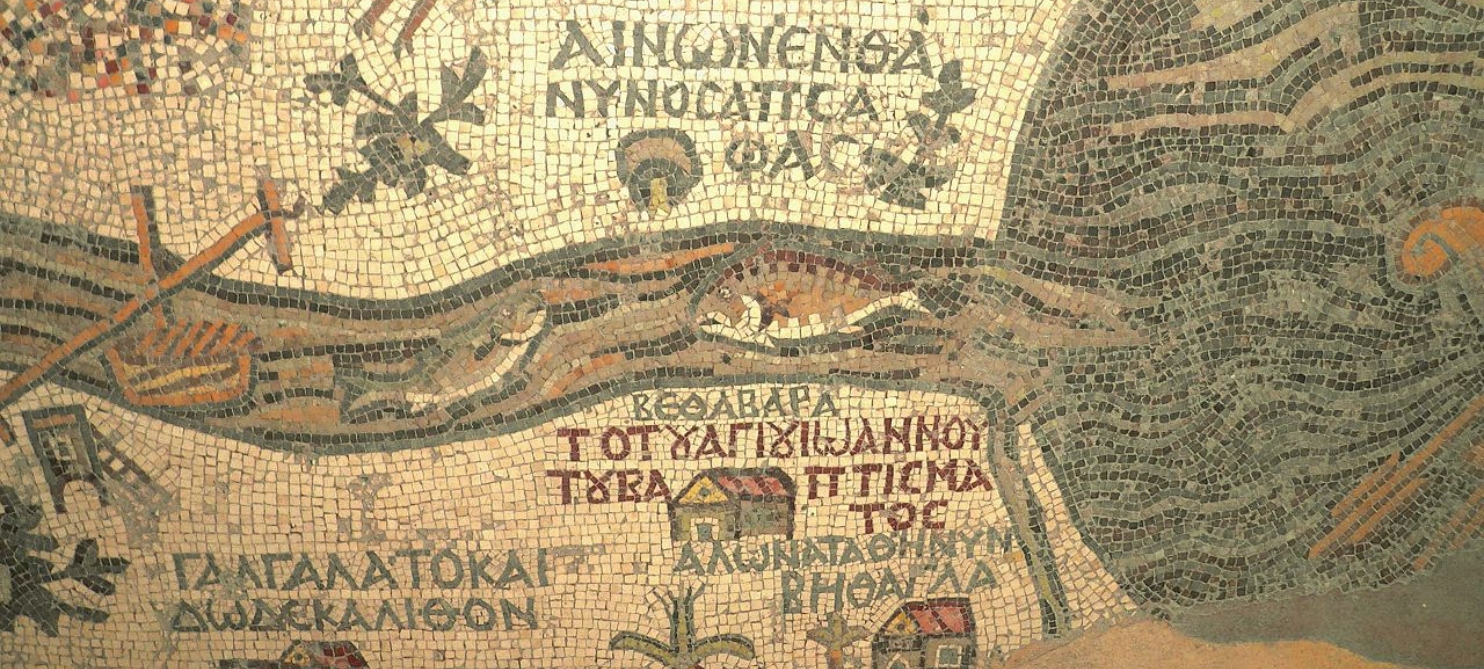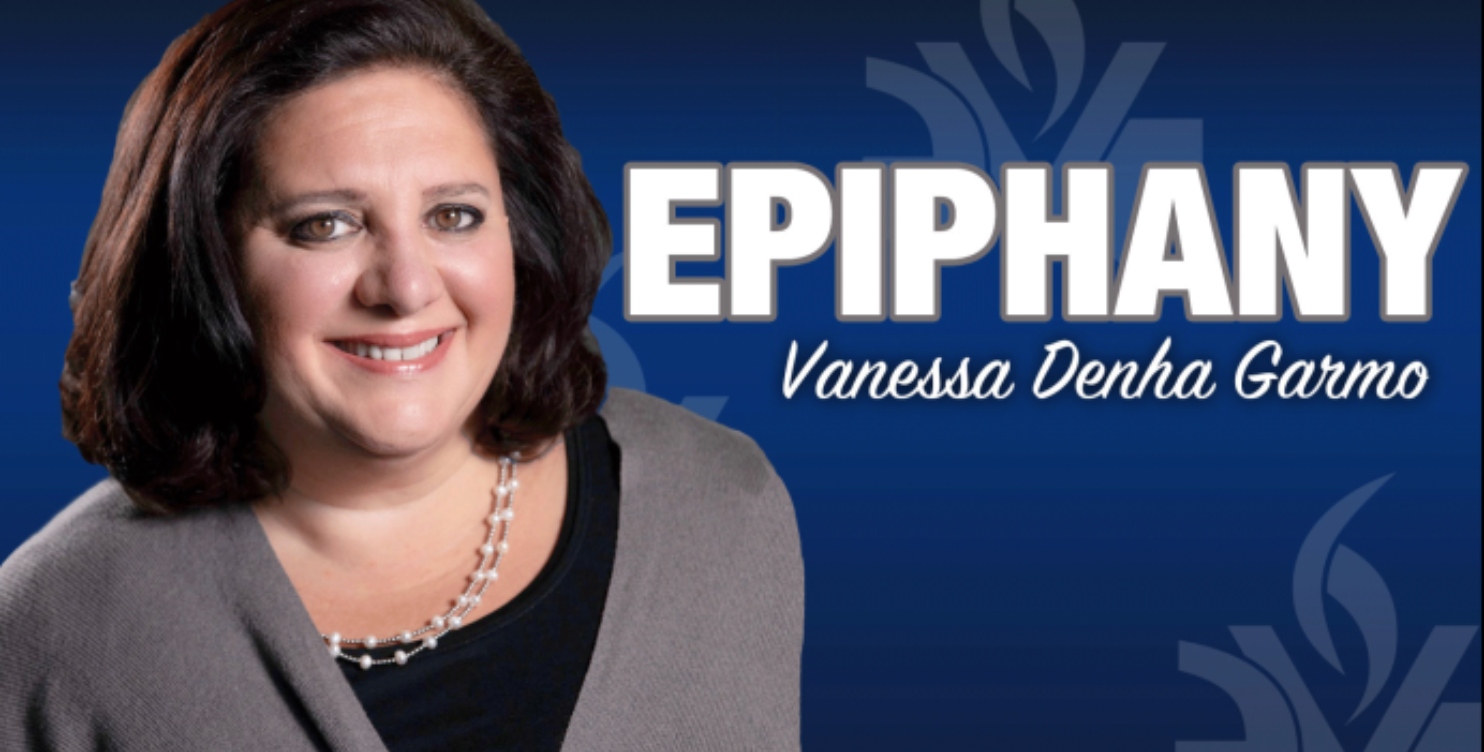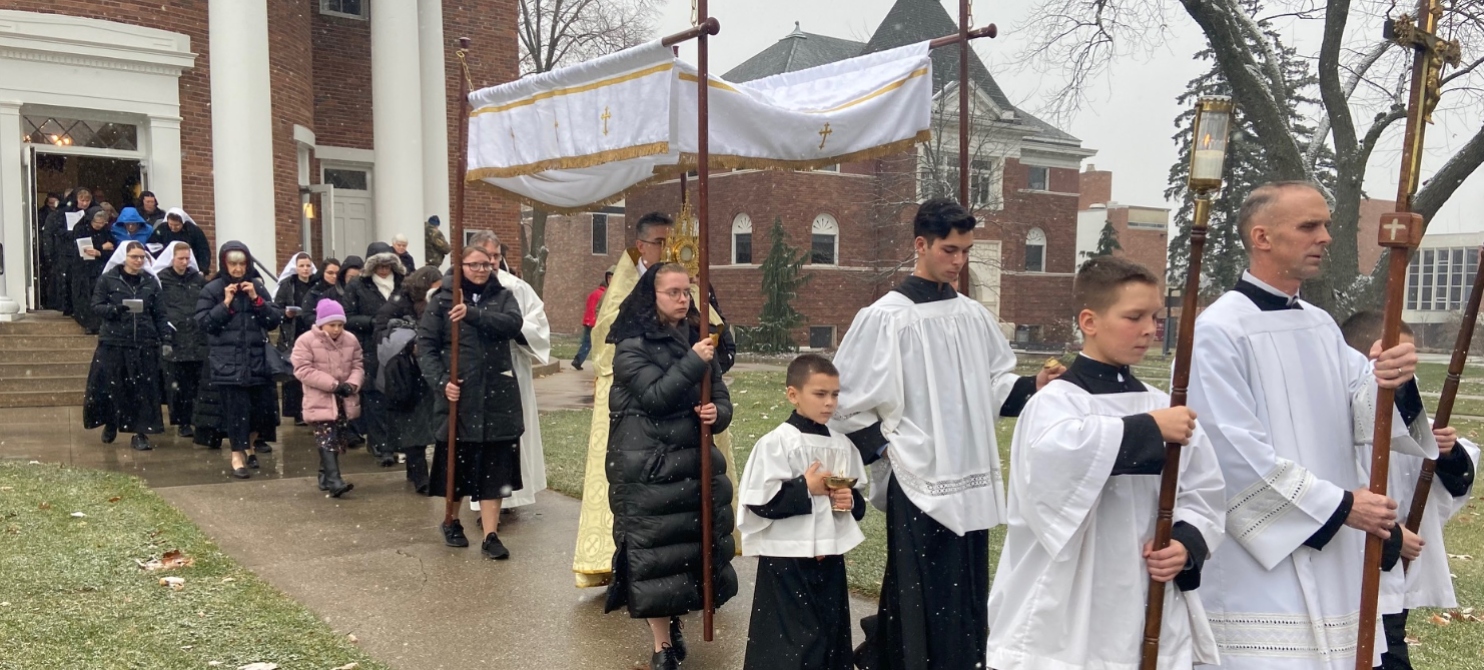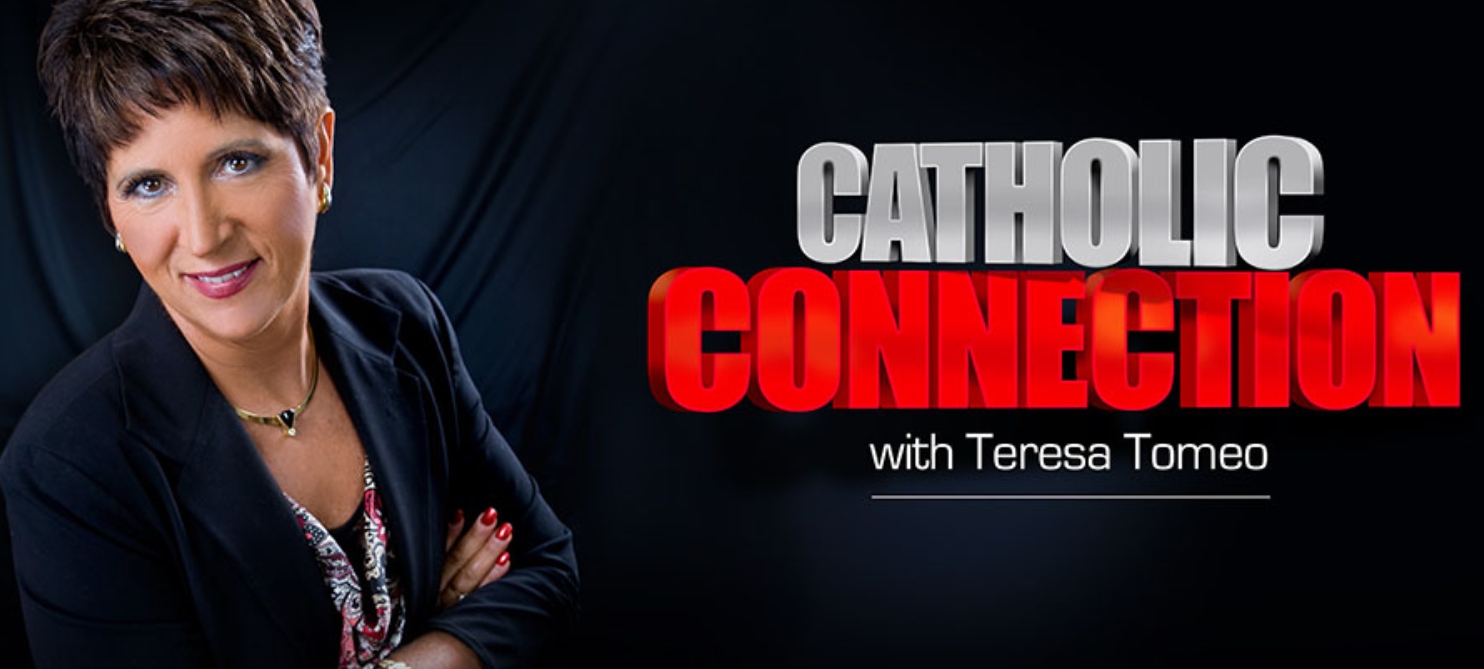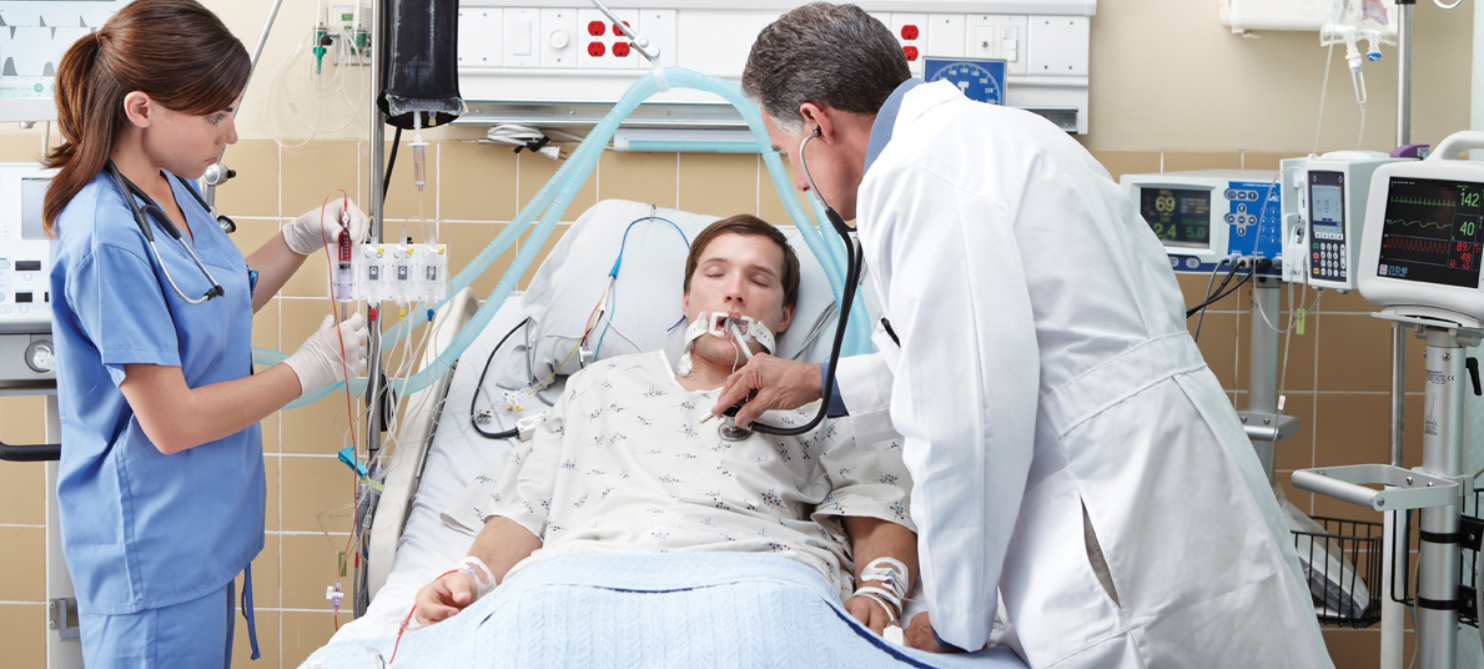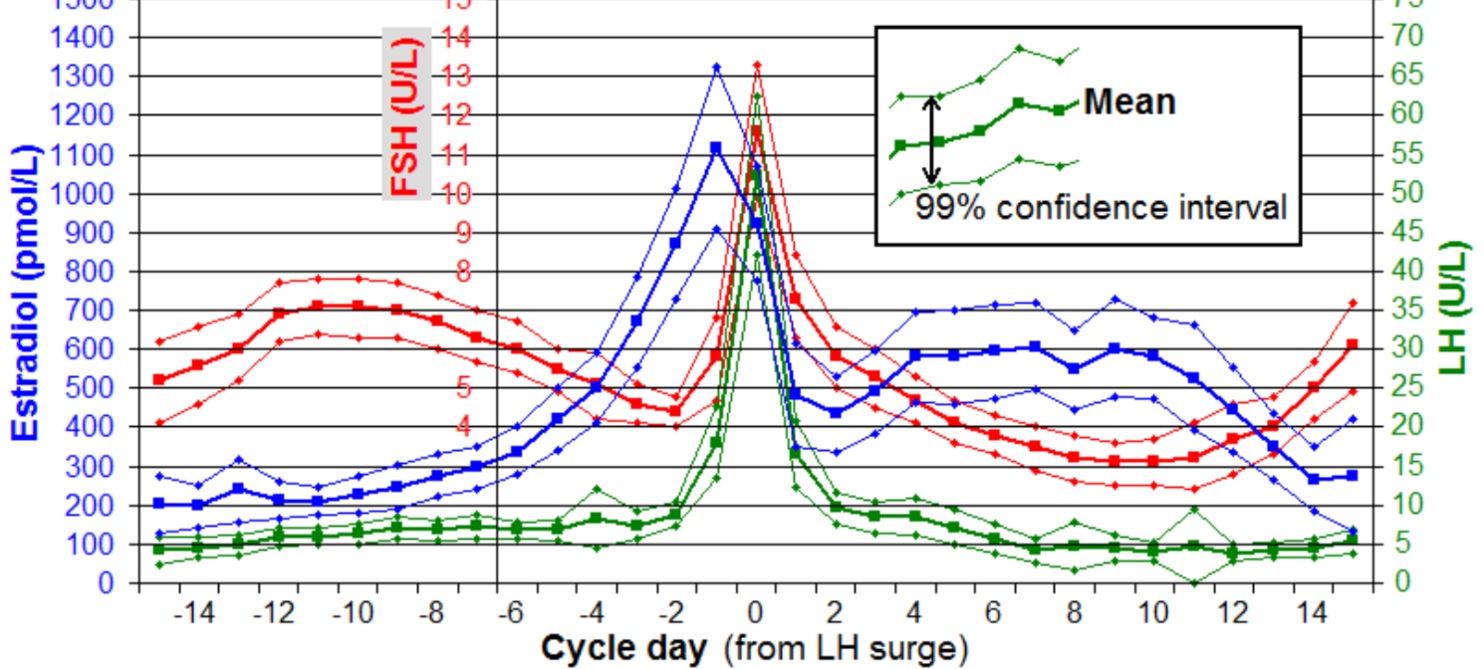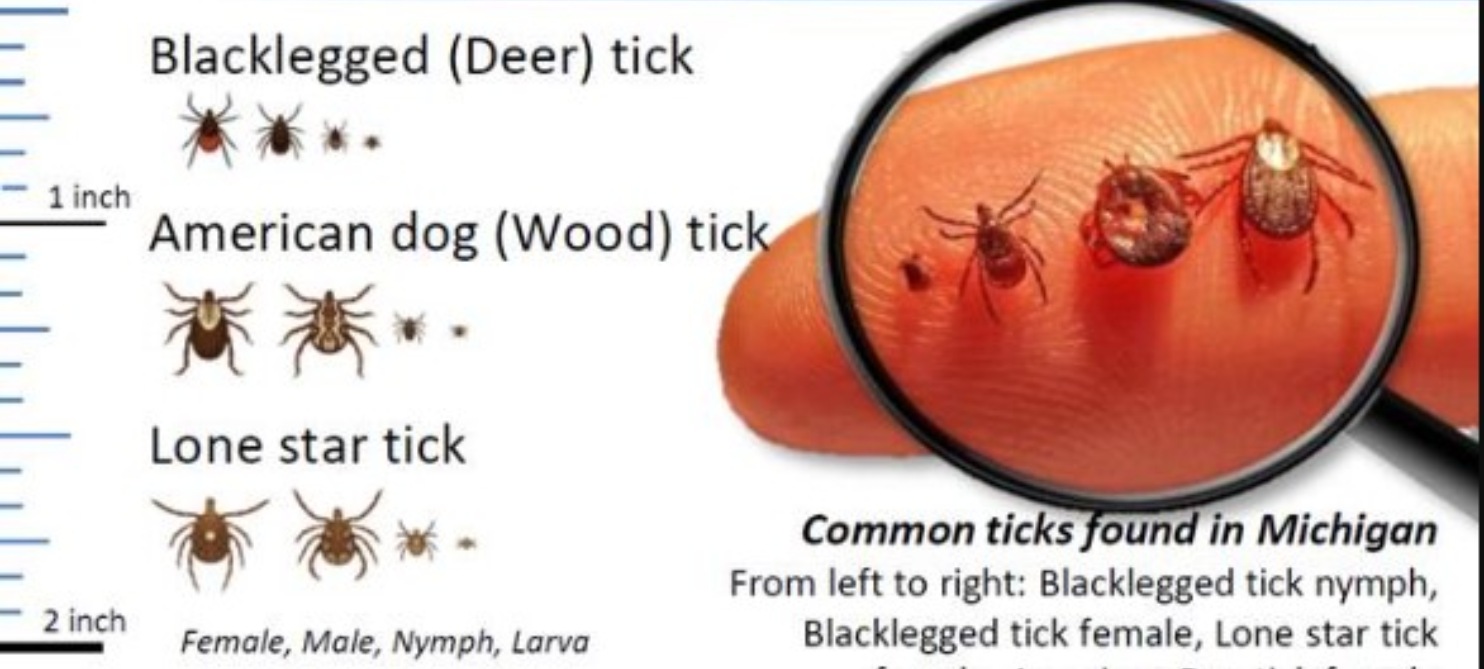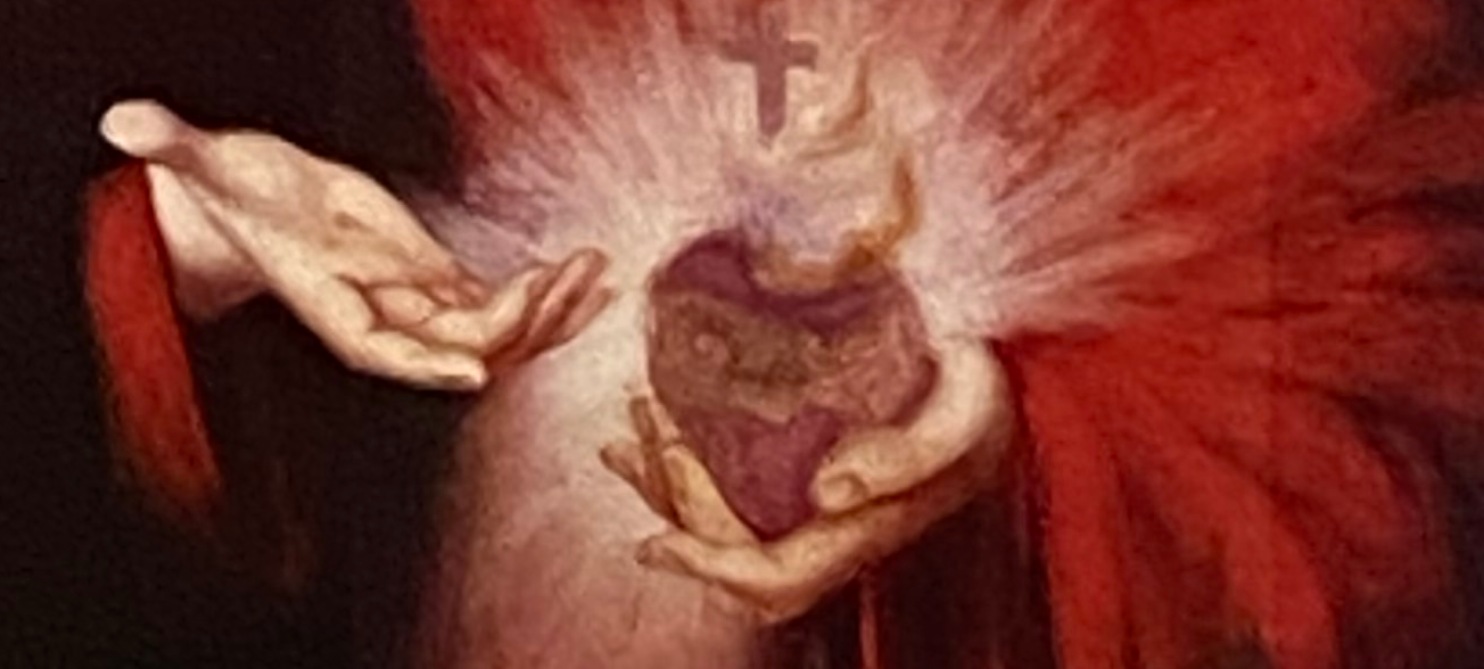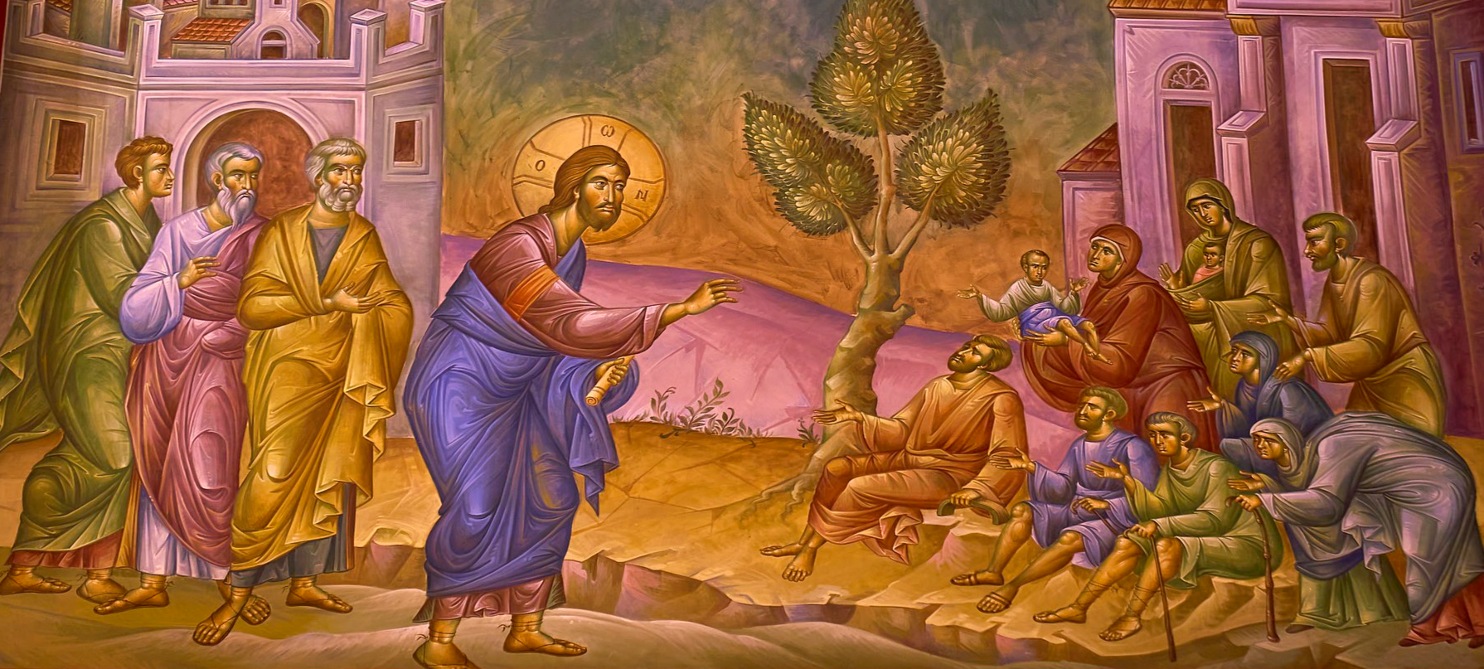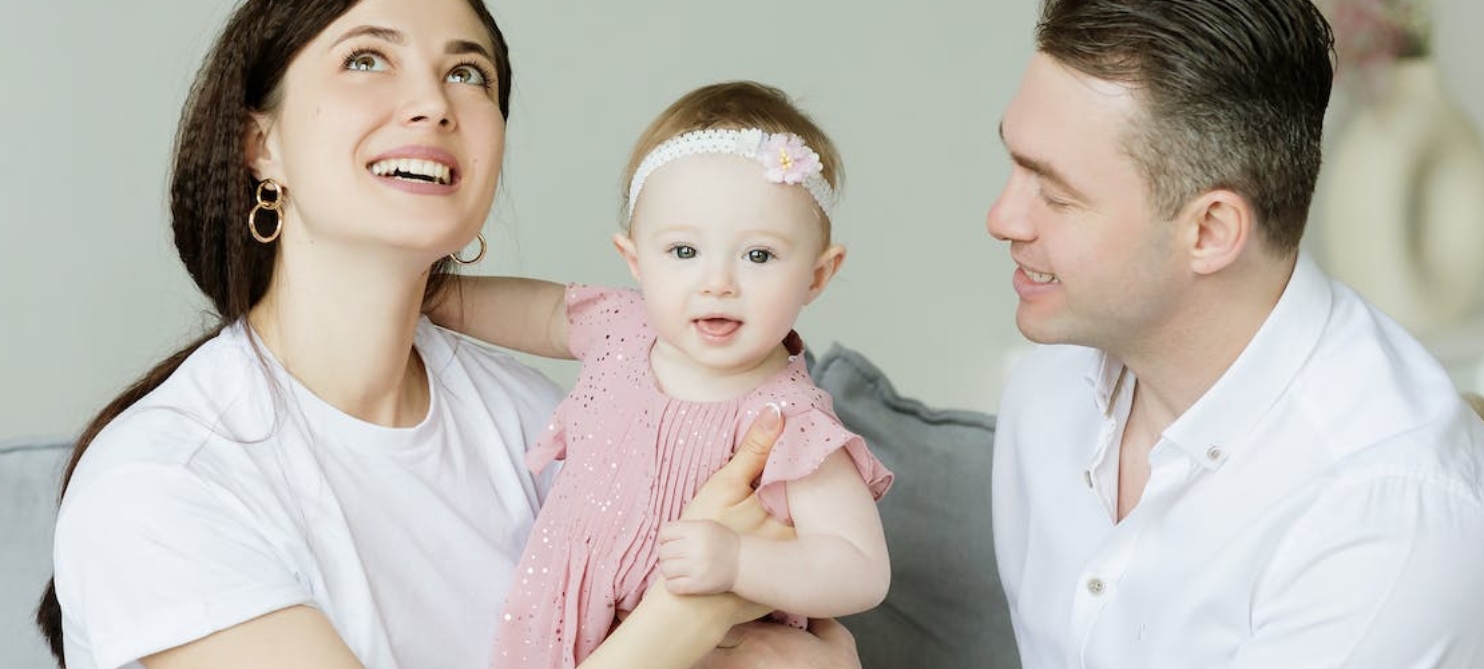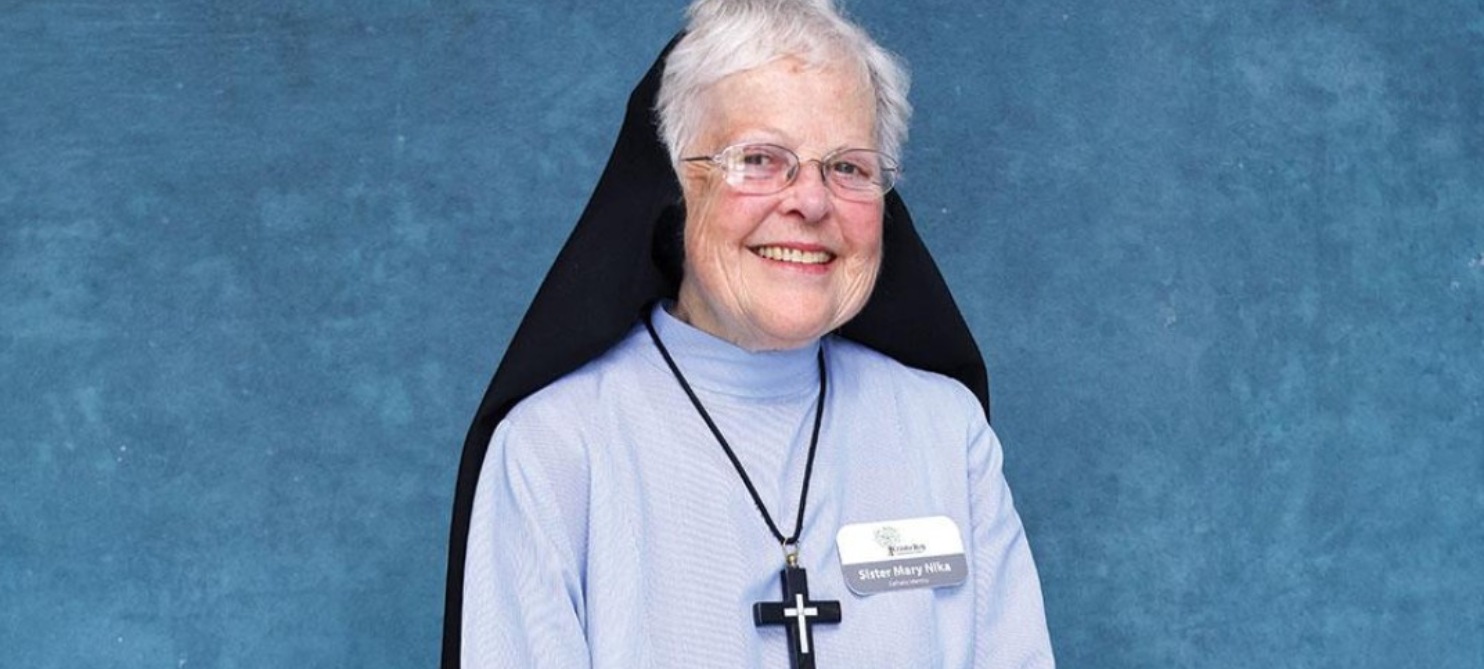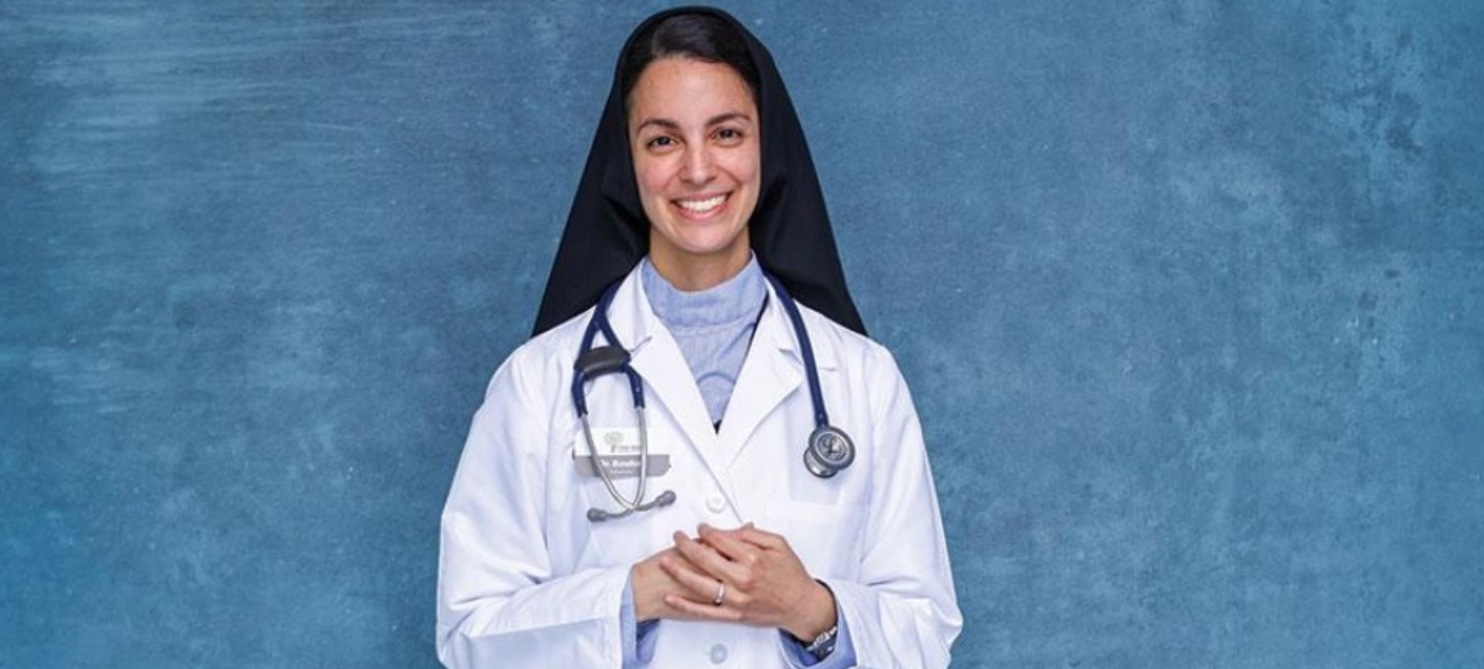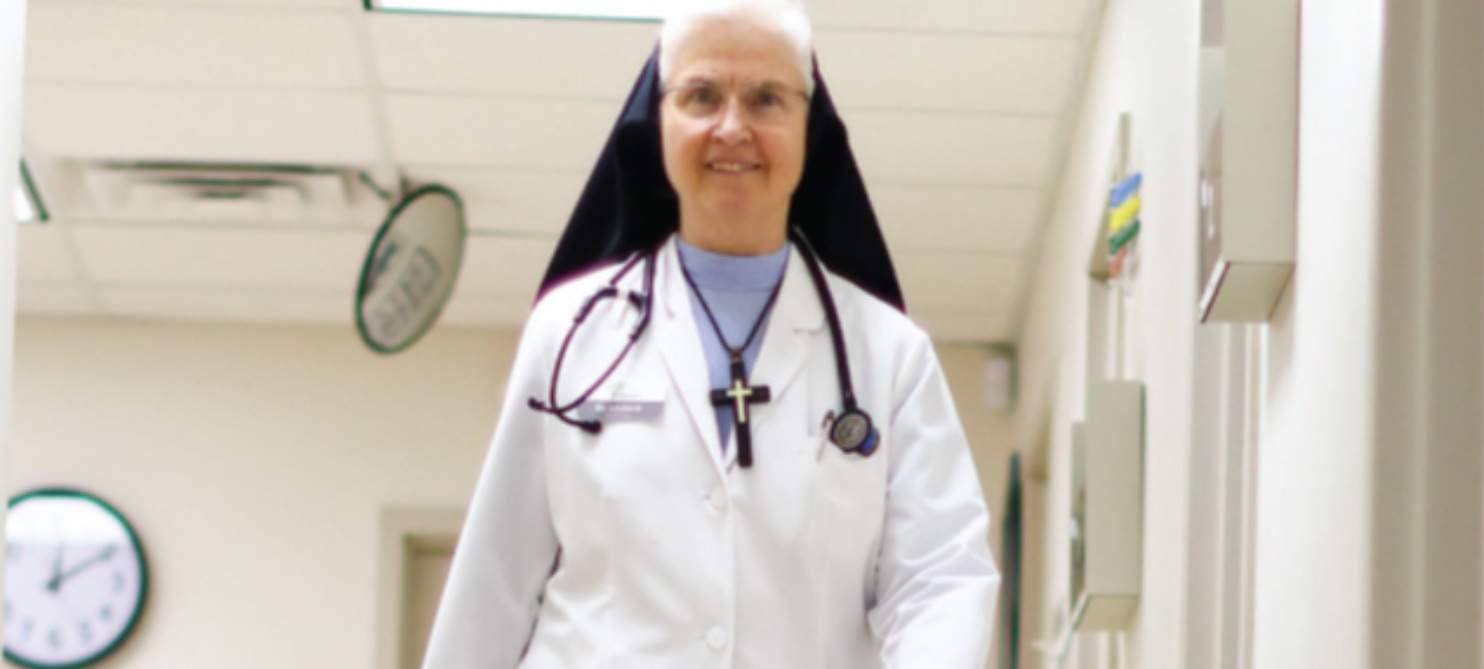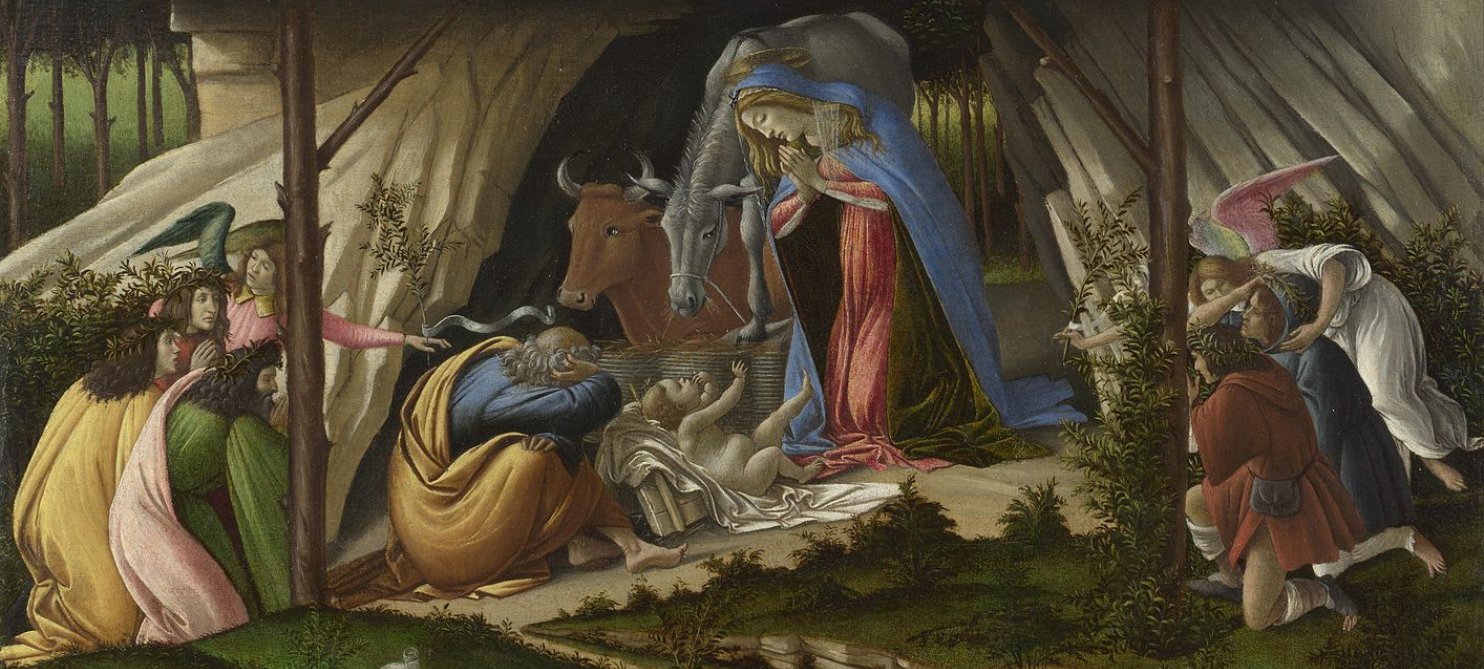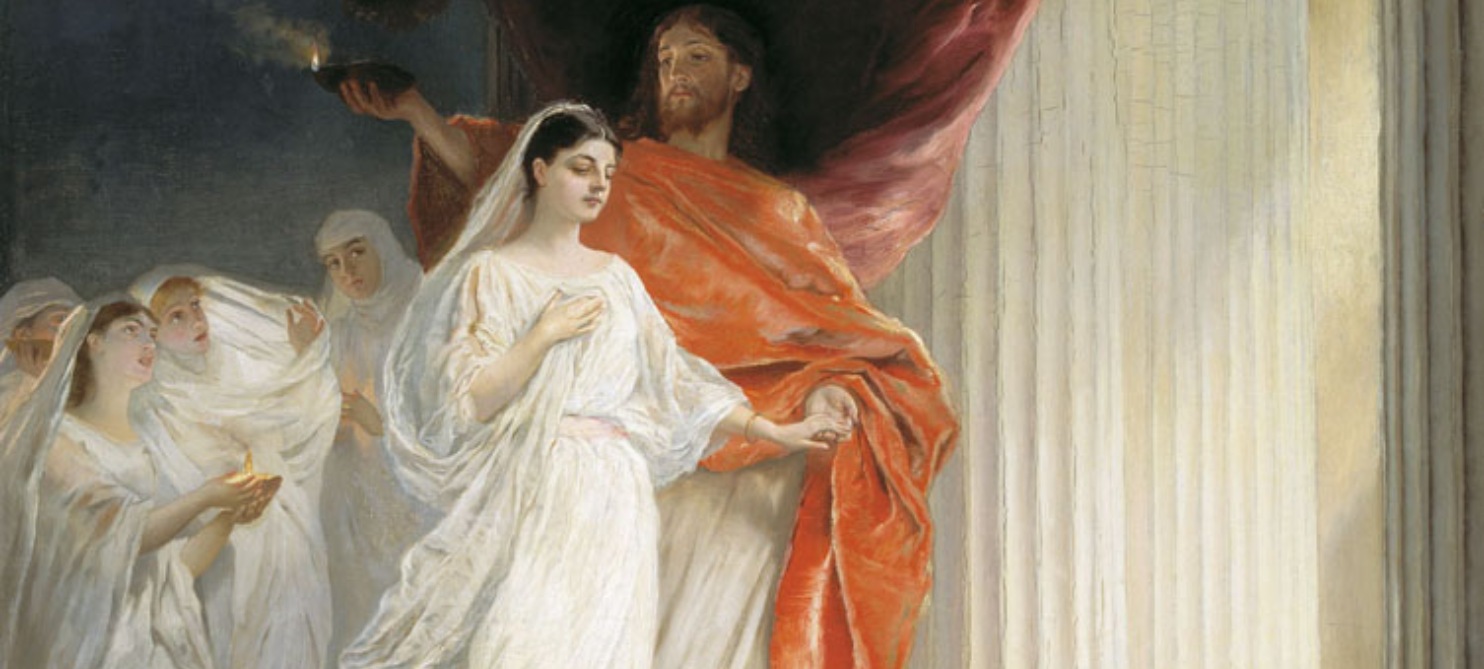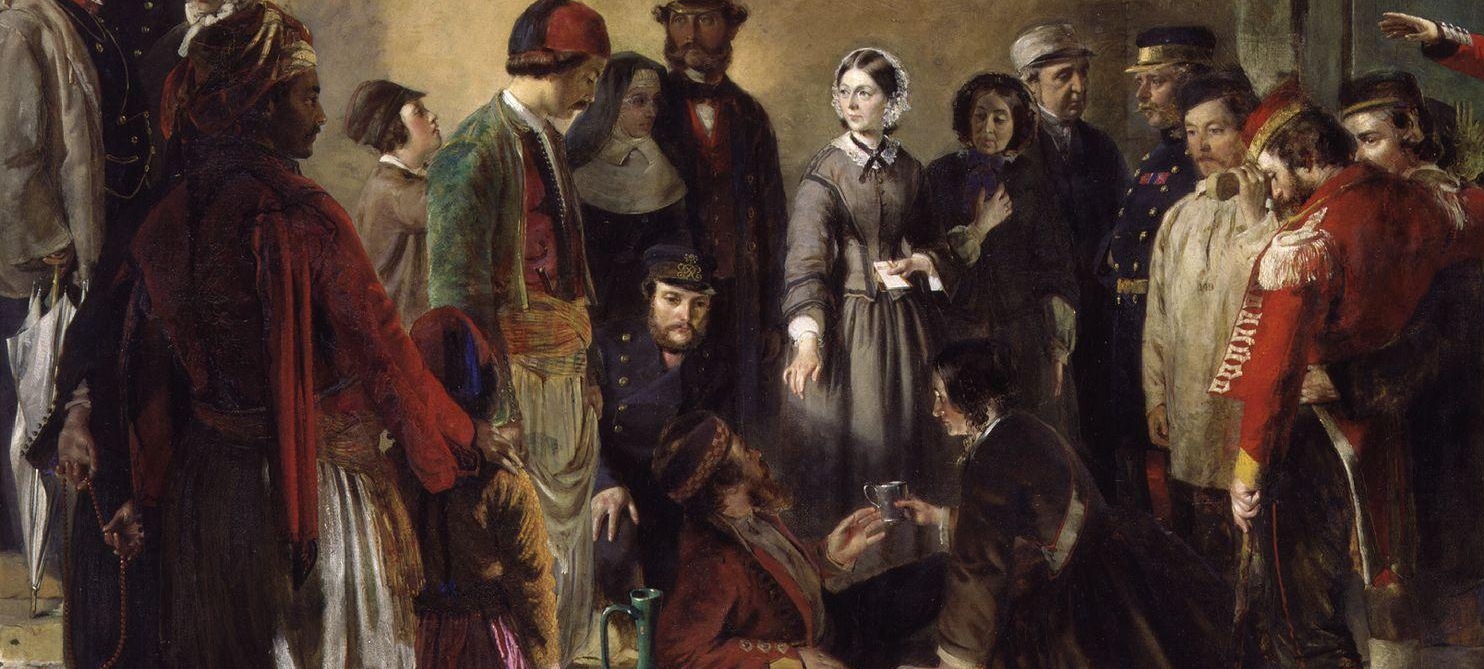I still remember listening to an interview as I was driving to work; the interview was happening as a scientist literally “created” human embryos. Just months after a Chinese scientist had performed gene editing on the embryos of twin girls in China, which were then implanted and carried to term, there was this interview on NPR, New U.S. Experiments Aim To Create Gene-Edited Human Embryo.[i] A scientist in New York, during the live interview, selected a human ovum and injected it with a human sperm and the Crispr Cas9 gene editing “device.” For those unfamiliar with Crispr Cas9, it was initially discovered as a part of the immune system response of E. coli bacteria that allows it to recognize and destroy or “cut up” cell invaders. Once research led to understanding how this bacterial mechanism works, it led to using it in other genomes, including human cells. Using Crispr Cas9 technology, it is now possible to cut, edit, delete, or insert new genes into any existing strands of DNA.[ii] For an animated overview of this process, see “What is CRISPR?” below.
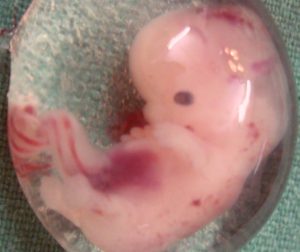
8-week gestational age
As the interview went on, it became clear that the ethics of creating these embryos for research purposes using CRISPR Cas9 was not really an issue in the mind of the researcher or the interviewer. Doing what I have just described was thought to be ethically just in the name of research because the researcher planned to “stop” any modified embryos from developing beyond one day so he can study them, saying, “’[r]ight now we are not trying to make babies. None of these cells will go into the womb of a person’…But if the approach is successful, [he] would likely allow edited embryos to develop further to continue his research.”[iii] These embryos, then would help further research on how this relatively new technology could be used in the future. There is something horrifying about what was being described on public radio, even as he described how “beautiful” the human ovum was viewed under the microscope.
The written transcript of the interview ends this way, “’OK, that’s it. That’s the last one,’ he says as he places back into storage the last of 14 eggs he managed to fertilize and hopefully edit. He will stop their development the next morning to see whether it [CRISR editing] worked.”[iv]
Recently, I listened to a talk on the Thomistic Institute by a physician, Dr. William Hurlbut, MD. Dr. Hurlbut’s presentation highlighted some of the potential health benefits that may be possible with gene editing, but Dr. Hurlbut also commented on the risk for abuses with the use of Crispr Cas9 technologies.
For those who do not think that this is a real or that we are standing at the cusp of a brave new world, when I went online to look for the NPR interview, I googled “Crispr Cas9.” I found that one can order this technology online. For those who believe that there are potential therapeutic benefits that can and will be obtained through this technology, Dr. Hurlbut’s presentation is a good one to help explore these potential uses. However, Dr. Hurlbut also points out that it is important to understand the potential impact of this and that there are threats and dangers inherent in this kind of technology as we stand now with the ability to edit the human genome.[v] In his presentation “It’s No Longer Science Fiction,” Dr. Hurlbut expresses his concerns regarding the use of human embryos for this gene editing research (see below at about minute 32). There is a strong momentum to create and modify embryos for use in research and in therapies.[vi]
New applications for CRISP-Cas 9:
Nobel Lecture: Jennifer Doudna, Nobel Prize in Chemistry 2020
For those not familiar with CRISPR, see this video
What is CRISPR?
Listen to the National Public Radio (NPR) Story
“New U.S. Experiments Aim To Create Gene-Edited Human Embryos”
Watch or listen to Dr. Hurlbut’s presentation (video with slides)
Dr. William Hurlbut, MD: It’s No Longer Science Fiction[vii] –
Read this interview with Dr. Hurlbut:
A Question of Ethics[viii]
Image Credit:
An intact human embryo at 6-week embryonic age (or 8-week gestational age), found in a ruptured ectopic pregnancy case. From https://commons.wikimedia.org/wiki/File:Human_Embryo.JPG, February 26,2010.
[i] Stein, Rob. “New U.S. Experiments Aim To Create Gene-Edited Human Embryos.” NPR. NPR, February 1, 2019. https://www.npr.org/sections/health-shots/2019/02/01/689623550/new-u-s-experiments-aim-to-create-gene-edited-human-embryos.
[ii] Anderson, Paul. “What Is CRISPR?” YouTube. Bozeman Science, February 18, 2016. https://www.youtube.com/watch?v=MnYppmstxIs.
[iii] Stein, Rob. “New U.S. Experiments Aim To Create Gene-Edited Human Embryos.” NPR. NPR, February 1, 2019. https://www.npr.org/sections/health-shots/2019/02/01/689623550/new-u-s-experiments-aim-to-create-gene-edited-human-embryos.
[iv] Ibid.
[v] Hurlbut, Dr William. “The Challenge and Opportunity of Genome Editing.” Thomistic Institute. Thomistic Institute, November 18, 2020. https://thomisticinstitute.org/podcasts/challenge-and-opportunity-of-genome-editing (for reference)
[vi] Lee, Sophia. “A Question of Ethics: A Conversation with Bioethicist William Hurlbut about Controversial Gene-Editing Scientist He Jiankui.” World Magazine, January 3, 2019. https://world.wng.org/2019/01/a_question_of_ethics.
[vii] Hurlbut, William. “William Hurlbut: It’s No Longer Science Fiction.” YouTube. KenanEthics, April 12, 2019. https://www.youtube.com/watch?v=6vzkhURFyKo.
[viii] Lee, Sophia. “A Question of Ethics: A Conversation with Bioethicist William Hurlbut about Controversial Gene-Editing Scientist He Jiankui.” World Magazine, January 3, 2019. https://world.wng.org/2019/01/a_question_of_ethics.
December 28.2020
